Rapid Growth Syndrome Corn
Rapid growth syndrome corn. Happily ever after despite corns ugly duckling stage. Twisted whorls sometimes develop in young corn plants early in the rapid growth phase. In this Pioneer GrowingPoint agronomy update Curt Hoffbeck DuPont Pioneer field agronomist in Eastern South Dakota and Southwest Minnesota discusses the.
In fields where corn is growing too rapidly growers are seeing plants with twisted whorls and nitrogen deficient leaves Figure 1. While these symptoms are specific to corn similar problems can develop in fast-growing soybeans. This syndrome occurs when corn leaves fail to unravel properly and the whorl becomes tightly wrapped and twisted.
The new leaves are trapped and unable to emerge causing the whorl to twist and bend from the resulting pressure. Rapid growth syndrome RGS describes a situation where random plants across a corn field exhibit tightly rolled upper plant leaves that do not unfurl normally. The whorl will often be bright yellow in color and very noticeable in the field.
This type of alternating weather and temperature extremes can cause stress to the development of the corn plant. Within a week twisted leaves usually unfurl and affected plants resume normal growth. Effects on yield are essentially nil.
It usually occurs in 5th to 7th leaf corn but can also occur as late as 12th leaf corn. This is also described as buggy whipping twisted whorls wrapped whorls accelerated growth syndrome roping and onion leafing. It is also commonly called accelerated growth syndrome buggy whipping roping twisted whorl syndrome wrapped whorls and onion leafing.
Rapid growth syndrome also known as buggy whipping and twisted whorls is characterized by an accelerated corn plant growth rate. Are you seeing corn plants scattered throughout the field with yellow tops. Rapid growth syndrome is common during abrupt transitions from cool to warm weather.
Agronomic Spotlight Rapid Growth Syndrome Categories. Symptoms of Rapid Growth Syndrome include bent-over plants and tightly wrapped whorls that keep younger leaves from emerging.
It usually occurs in 5th to 7th leaf corn but can also occur as late as 12th leaf corn.
Rapid Growth Syndrome in Corn Wrapped or twisted whorls in corn can be referred to as Rapid Growth Syndrome. Within a week twisted leaves usually unfurl and affected plants resume normal growth. In fields where corn is growing too rapidly growers are seeing plants with twisted whorls and nitrogen deficient leaves Figure 1. Some corn is starting to roll due to heat and lack of rainfall in areas. Corn plants in the V5 to V7 growth stage may be showing some symptoms of a giant growth spurt -- twisted whorls yellow leaves and weakened stems. What causes rapid growth syndrome. Later on as corn entered a more rapid growth stage the plants were exposed to warm temperatures and sunny days. While these symptoms are specific to corn similar problems can develop in fast-growing soybeans. Rapid growth syndrome RGS describes a situation where random plants across a corn field exhibit tightly rolled upper plant leaves that do not unfurl normally.
It is generally associated with an abrupt transition from cool temperatures to warmer conditions resulting in. While these symptoms are specific to corn similar problems can develop in fast-growing soybeans. Rapid Growth Syndrome twisted whorls and yellow flag leaves is continuing to be seen as well as uneven corn continues to be a concern. This phenomenon is usually associated with an abrupt change in weather. Some corn is starting to roll due to heat and lack of rainfall in areas. This syndrome happens somewhere every year. It usually occurs in 5th to 7th leaf corn but can also occur as late as 12th leaf corn.
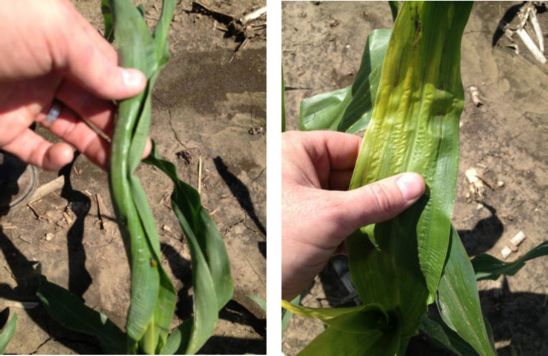
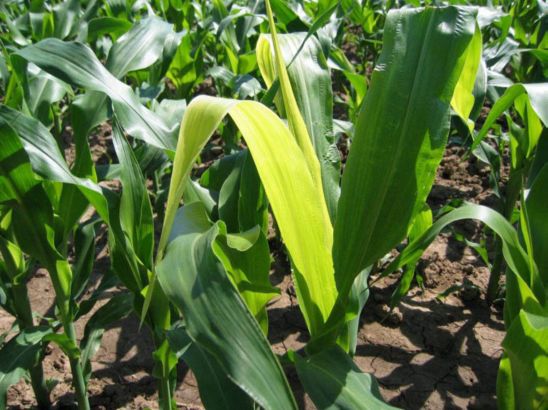





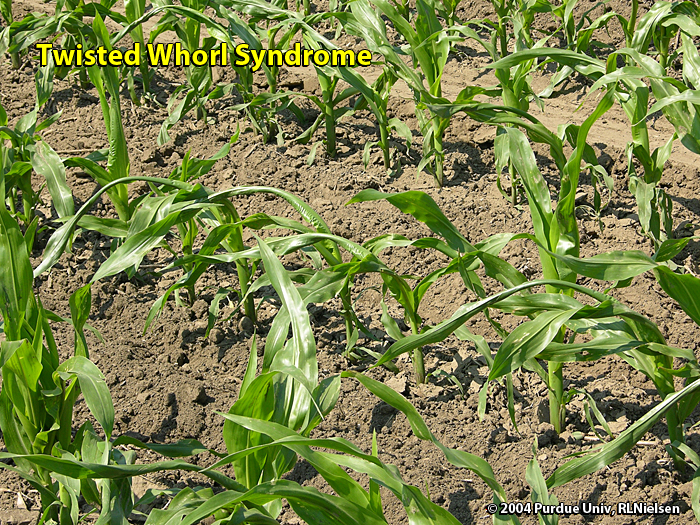
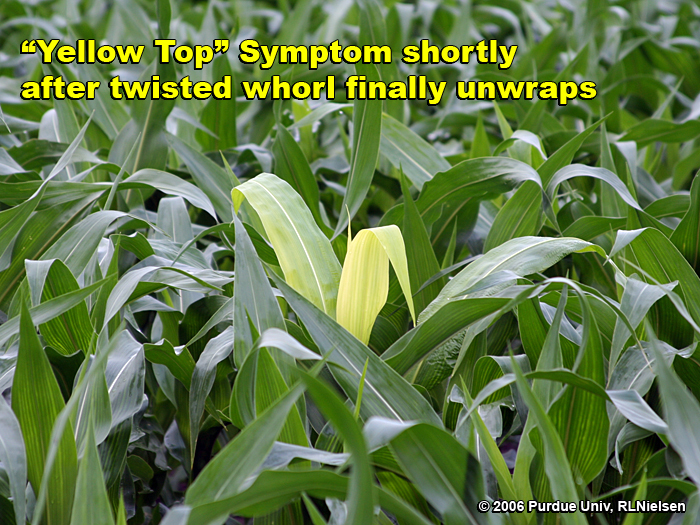
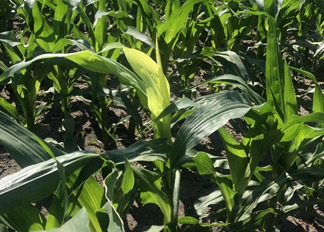

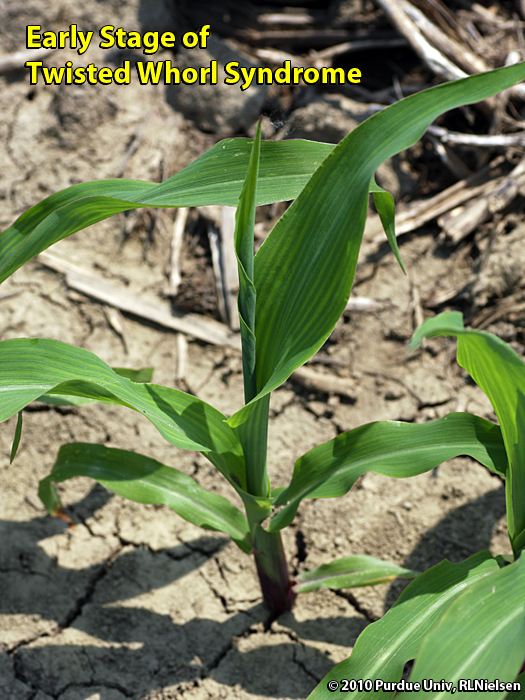




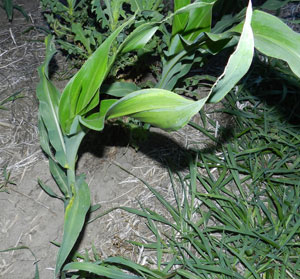




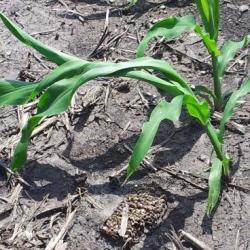

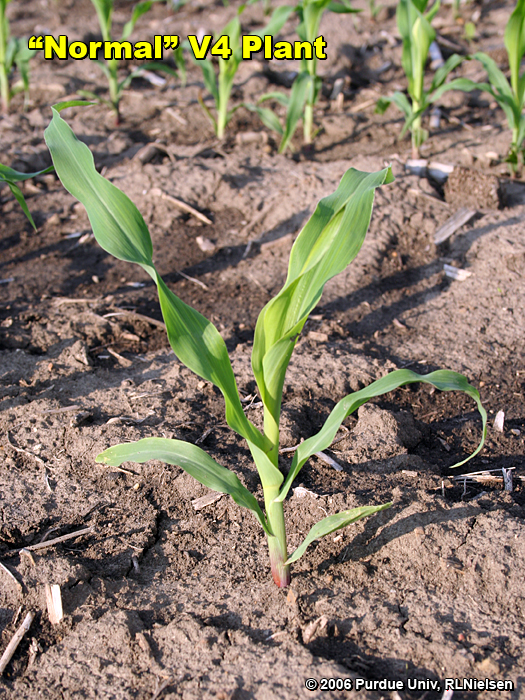














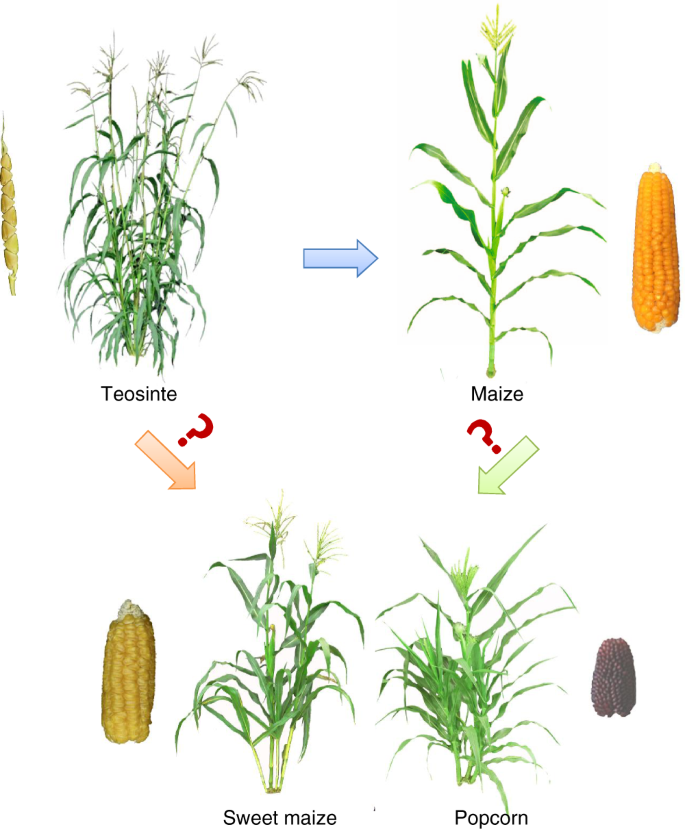
Post a Comment for "Rapid Growth Syndrome Corn"